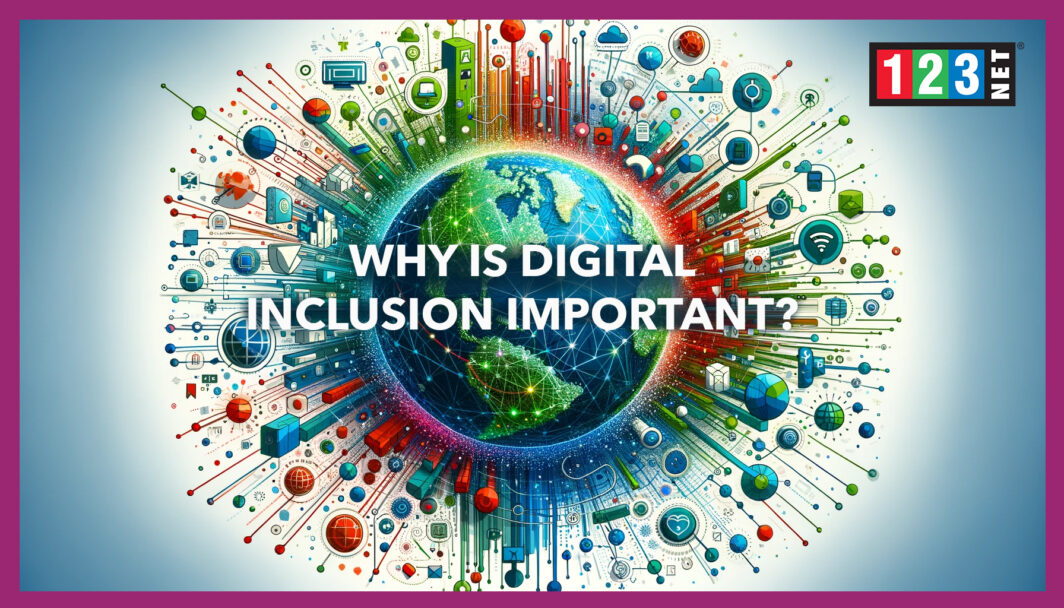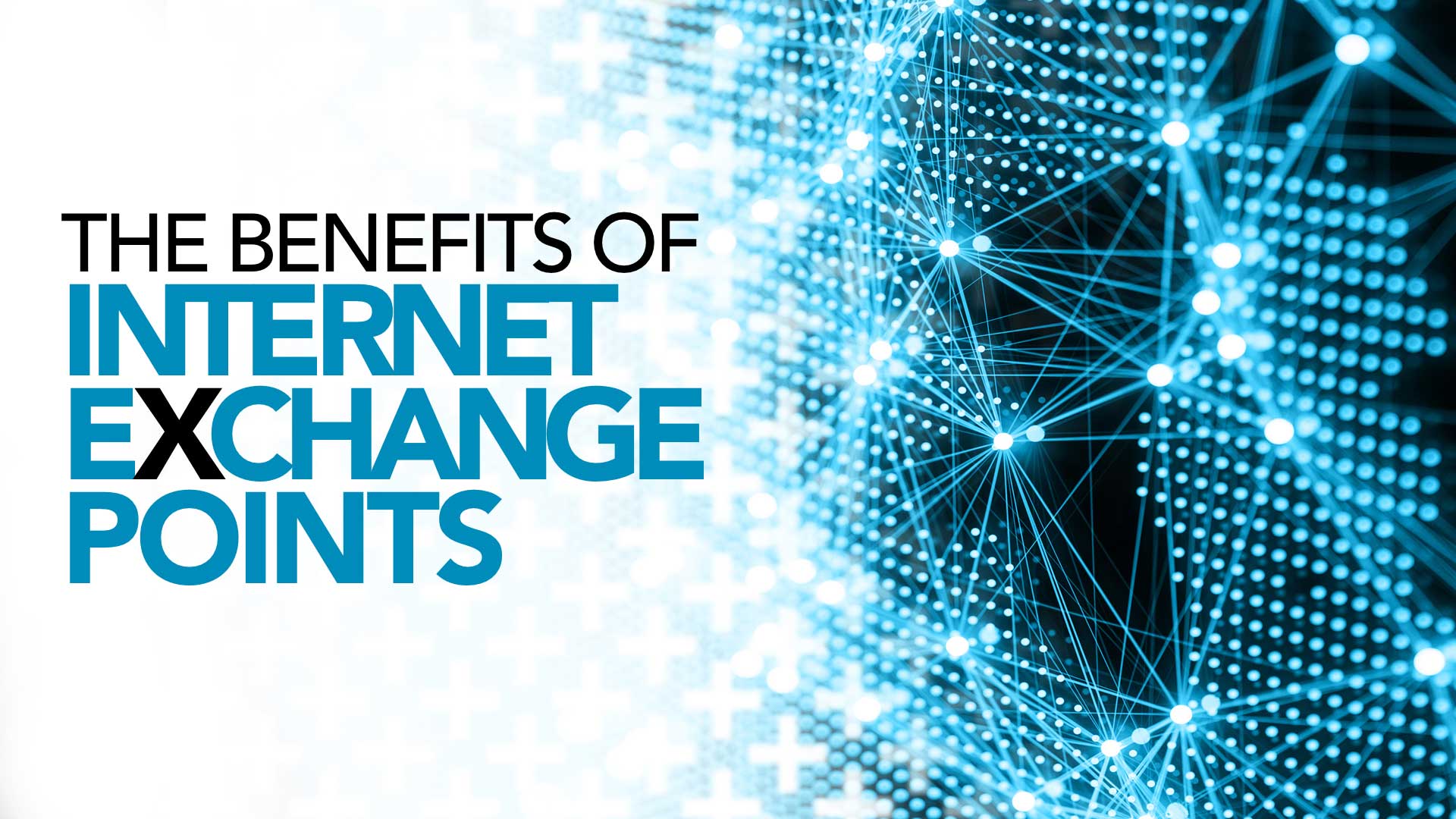
Introduction
In the contemporary era, marked by rapid technological advancements, the significance of digital inclusion has escalated dramatically. It symbolizes concerted efforts aimed at guaranteeing comprehensive accessibility and proficiency in information and communication technologies (ICT) for every segment of society, particularly those at a disadvantage. Digital inclusion encompasses a wide array of elements, including but not limited to, ensuring widespread broadband connectivity, fostering digital literacy, and providing access to essential digital tools and devices. Its criticality stems from its potential to bridge existing digital gaps while promoting a sense of digital fairness, enabling universal participation in the digital realm. By doing so, it aims to illustrate how digital inclusion acts as a foundational pillar for equitable access to technology, thus empowering all individuals to engage fully with our increasingly digital society.
The Economic Imperative of Digital Inclusion
Digital inclusion has transcended its initial categorization as a mere social initiative to become a critical economic necessity for communities across the globe. By ensuring widespread broadband access and fostering high levels of digital literacy, communities position themselves as attractive hubs for technology-based investments. This, in turn, fuels innovation and stimulates economic growth. The advantages of such inclusion are manifold, extending beyond the digital realm to enhance supply chain efficiencies and broaden opportunities for individuals and businesses alike. This dynamic contributes to the creation of a vibrant and competitive economic environment.
The tangible benefits of digital inclusion are particularly noticeable in towns and cities that boast superior connectivity. These locales become magnets for investment, capitalizing on their digital infrastructure and the skills of their populace to create ecosystems ripe for economic advancement and innovation. Comprehensive digital inclusion strategies are instrumental in realizing notable advancements across various sectors, including education, healthcare, agriculture, and transportation. These improvements not only elevate the standard of living for residents but also contribute significantly to the economic vitality of the area.
Moreover, the correlation between digital inclusion and economic prosperity underscores the importance of inclusive policies and practices. As communities become more connected, they unlock the potential for sustainable development and equitable growth. This evolution illustrates how digital inclusion is integral to building resilient economies that can adapt to the challenges of the 21st century. By prioritizing digital access and literacy, communities can catalyze a range of positive outcomes, from enhancing educational opportunities and healthcare delivery to innovating in agriculture and streamlining transportation networks. In essence, digital inclusion acts as a cornerstone for fostering economic prosperity, ensuring that all members of a community have the tools and knowledge necessary to thrive in a digitally driven world.
Digital Inclusion Trends in the United States
City Digital Inclusion Centers
In the United States, the push for digital inclusion has become a significant movement, with government bodies and collective initiatives at multiple tiers leading the charge to promote universal broadband access and enhance digital literacy. Urban centers such as Chicago and Philadelphia have emerged as trailblazers in this domain, establishing citywide digital inclusion coalitions that have become benchmarks for similar endeavors nationwide. An exemplar of such efforts is the Kansas City Coalition for Digital Inclusion, which is dedicated to the ambitious goal of equipping every household with not just internet access, but also the requisite devices and the proficiency needed to utilize these resources effectively.
The National Telecommunications and Information Administration (NTIA), a key player in this arena. This team provides indispensable support to communities, guiding them in formulating and executing digital inclusion strategies. By dispensing resources such as the “Connectivity with a Purpose” guide, the NTIA enables cities to craft digital inclusion plans.
Local and State Initiatives
These efforts are complemented by various local and state initiatives that aim to dismantle barriers to digital access and literacy. This is recognizing the profound impact of such inclusivity on educational opportunities, healthcare access, and economic mobility. Through partnerships between governments, non-profits, and private entities, programs are being developed to address the digital divide. This is ensuring that technology’s benefits are accessible to all segments of society. This also includes subsidized broadband services, digital literacy workshops, and distribution of devices to underserved communities. These are highlighting a nationwide commitment to not just connecting people to the internet, but also empowering them with the knowledge and tools needed for digital proficiency.
As these initiatives gain traction, they lay the groundwork for a more inclusive digital future. This is where access to information and digital resources is viewed as a fundamental right rather than a privilege. The concerted efforts across the United States to bridge the digital divide underscore a collective recognition. The importance of digital inclusion as a cornerstone for fostering equitable opportunities for all Americans By driving societal progress and ensuring that everyone can fully participate in the digital age.
Program Integration for Enhanced Digital Access
Achieving digital inclusion necessitates a cohesive approach that melds various programs and financial resources. Acknowledging the complexity of these needs, the federal government has broadened the scope of eligible expenditures. A notable example of this is the Department of Housing and Urban Development (HUD), which collaborates with EveryoneOn.
This strategy of program integration is mirrored at the local level, where initiatives collaborative efforts in narrowing the digital divide. In Charlotte, for example, the Digital Inclusion Alliance stands out by forging partnerships with municipal entities. Together, they are committed to significantly reducing the digital divide by the year 2026. This ambitious goal is pursued through a comprehensive strategy that includes enhancing access to technological resources, offering digital literacy training.
Such integrated approaches underscore the critical role of cross-sector cooperation in advancing digital inclusion. Pooling resources enhances the ability to address digital exclusion, including infrastructure and skill gaps. Emphasizing collaboration shows the importance of collective action for digital access, promoting inclusivity. Such efforts significantly advance digital equity, showcasing the power of integrated digital inclusion strategies.
Library Modernization and Digital Literacy
Public libraries are key to digital access and literacy, offering vital services like free computer use and literacy training. Their innovative programs, like WiFi device lending, highlight libraries’ role in digital inclusion.
These efforts make libraries crucial in closing the digital divide, equipping communities with necessary resources and skills for digital engagement. Libraries provide digital education for all ages, from basic internet use to advanced literacy, fostering participation in the digital economy.
Libraries also partner with local groups to broaden their impact, creating programs that meet specific needs. From coding for kids to adult literacy and job seeker support, they’re extending their educational role.
Public libraries thus make technology and information accessible to all, promoting digital inclusion as a community goal. They serve as hubs for education and opportunity, ensuring everyone can benefit from the digital world.
Performance Measurement and Data Utilization
Successful digital inclusion relies on data analysis to understand its impact and community needs deeply. This meticulous approach allows stakeholders to continually improve and adapt their strategies to be more effective. The NTIA’s Computer and Internet Survey, highlighting internet usage patterns, informs federal and local policies based on real user needs.
The reliance on data-driven methodologies guarantees that digital inclusion projects are also poising to deliver maximum benefits. By identifying areas of success and opportunities for improvement, these initiatives can optimize for greater reach and impact. Furthermore, the insights gained from such analyses contribute to a nuanced understanding of digital access disparities.
In essence, the strategic application of performance metrics and data analysis is pivotal in crafting digital inclusion efforts. Through informed decision-making, stakeholders can ensure that digital inclusion strategies are robust, relevant, and capable of fostering equitable access. This methodical approach underscores the importance of data in driving progress towards comprehensive digital inclusion.
Leveraging Assets for Broadband Infrastructure
The endeavor to close the broadband gap is intricately is linking to assets for the development of broadband infrastructure. Recognizing the pivotal role of broadband connectivity in achieving digital inclusivity have committed to substantial investments in this area. Such investments are crucial for laying the groundwork that enables all citizens to access and benefit from the digital economy.
Initiatives like the Broadband Interagency Working Group stand as prime examples of coordinated efforts designed to simplify procedural complexities. This harnesses the power of federal assets, and enhance the efficacy of financial investments in broadband projects. This collaborative approach is particularly vital in extending broadband access to rural communities, where the digital divide is most pronounced.
By bringing together various stakeholders, these initiatives aim to identify and overcome barriers to broadband deployment. The emphasis on leveraging existing infrastructure, for broadband expansion is a testament to address connectivity challenges.
The emphasis on rural areas underscores a dedication to universal digital inclusion. These efforts show governments’ investment in both technology and community futures, reflecting a comprehensive strategy for digital inclusion.
FAQs Section
- What is digital inclusion and why is it important? A: Digital inclusion ensures that all individuals have access to and can effectively use information and communication technologies. It’s crucial for economic development, education, healthcare, and full participation in society.
- How does digital inclusion impact economic development? A: It attracts technology-based investment, fosters innovation, improves supply chains, and creates opportunities, driving overall economic growth.
- What are the challenges in achieving digital inclusion? A: Challenges include overcoming geographic and socioeconomic barriers, ensuring affordable internet access, and providing digital literacy training.
Conclusion
Digital inclusion is fundamental to creating equitable, prosperous, and innovative communities. We can bridge the digital divide and ensure that everyone has the opportunity to thrive in our digital age. The journey towards digital inclusion requires effort, collaboration, and a commitment to leveraging technology as a force for good.




